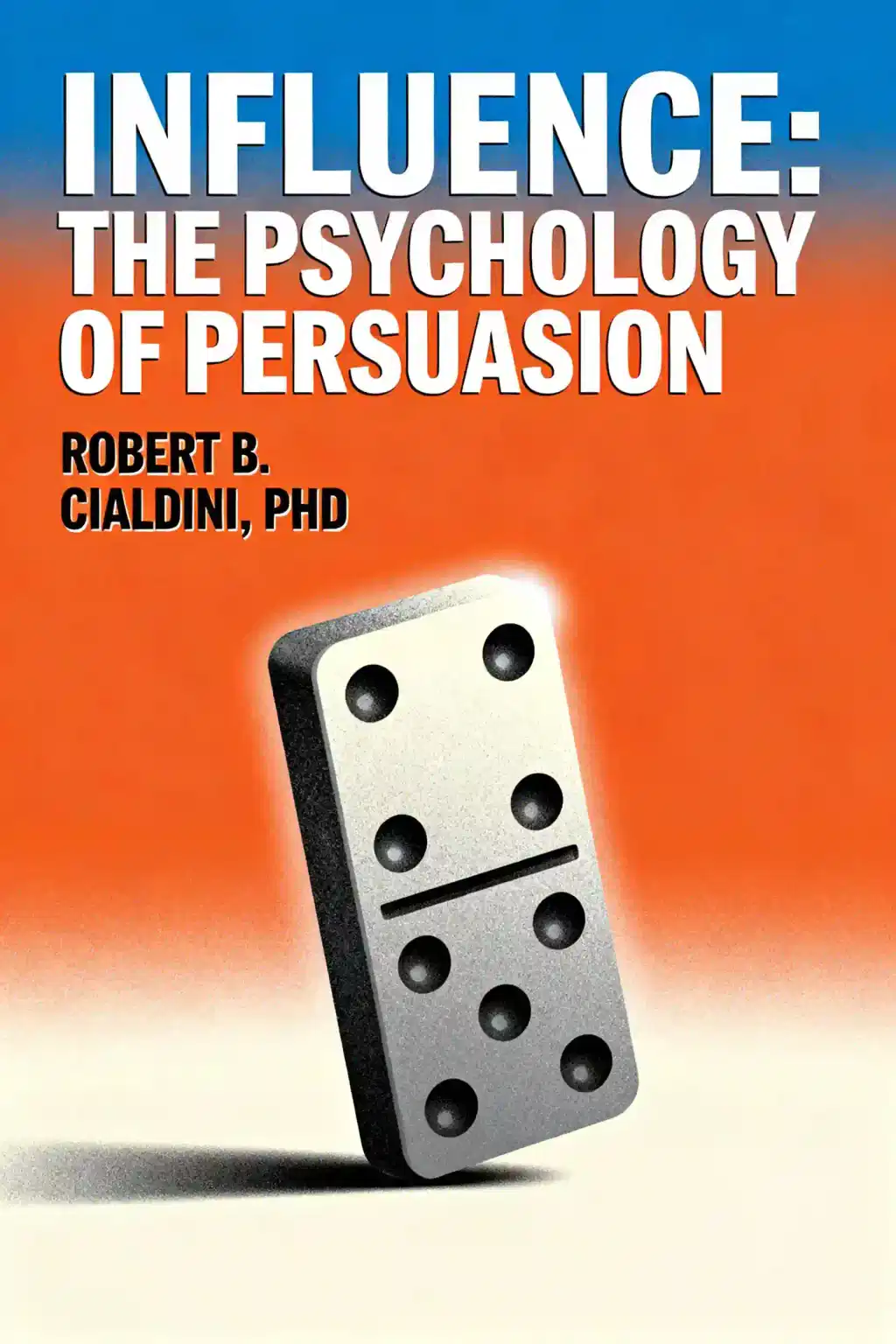What is
Attention Factory by Matthew Brennan about?
Attention Factory chronicles the rise of ByteDance, the Chinese tech giant behind TikTok, detailing its evolution from a news aggregation startup to a global social media powerhouse. The book explores ByteDance’s algorithm-driven content recommendations, its acquisition of Musical.ly, and the cultural and regulatory challenges it faced. Brennan highlights founder Zhang Yiming’s vision and the company’s relentless focus on capturing user attention through personalized short-form video.
Who should read
Attention Factory?
This book is essential for tech entrepreneurs, digital marketers, and business strategists interested in algorithmic content delivery, global tech expansion, or the social media landscape. It also appeals to readers curious about TikTok’s meteoric rise, China’s tech industry, or the ethical debates surrounding data-driven platforms.
Is
Attention Factory worth reading?
Yes—Brennan combines rigorous research with exclusive insights into ByteDance’s operations, making it a definitive account of TikTok’s origins. The book balances technical depth (e.g., algorithm design) with broader analysis of cultural impact and geopolitical tensions, offering value for both industry professionals and casual readers.
How did ByteDance’s algorithm revolutionize content consumption?
ByteDance’s machine-learning algorithms analyzed user behavior to deliver hyper-personalized content, keeping users engaged longer than competitors. Unlike platforms relying on social graphs (e.g., Facebook), TikTok prioritized interest-based recommendations, creating a "For You Page" that adapted in real time. This approach turned passive scrolling into an addictive habit, driving viral trends.
What role did Zhang Yiming play in ByteDance’s success?
Founder Zhang Yiming prioritized technical innovation over short-term profits, fostering a culture of rapid experimentation. His early bets on AI-driven content recommendations and short-form video (via Douyin/TikTok) positioned ByteDance ahead of rivals like Facebook. Yiming’s resilience in navigating China’s censored internet landscape was pivotal to global expansion.
Why did TikTok succeed where Musical.ly and Vine failed?
TikTok integrated Musical.ly’s lip-syncing features but added ByteDance’s superior recommendation engine, enabling broader content diversity. Unlike Vine, which relied on influencer-driven posts, TikTok’s algorithm gave equal visibility to new creators, democratizing virality. Aggressive user acquisition campaigns in key markets like India and the U.S. further accelerated growth.
How did ByteDance handle regulatory challenges?
The company faced bans in India and U.S. scrutiny over data privacy and censorship. Brennan details ByteDance’s efforts to localize data storage, moderate content, and distance TikTok from its Chinese roots. However, geopolitical tensions and mistrust in its opaque algorithms persisted as major hurdles.
What criticisms does
Attention Factory address?
Critics argue TikTok’s algorithm promotes addictive behaviors and erodes attention spans. Brennan also examines concerns about ByteDance’s compliance with Chinese censorship laws and its potential to manipulate public opinion—issues that sparked congressional hearings and calls for divestment.
How does
Attention Factory compare to other tech industry books?
Unlike broader tech histories (e.g., The Googlization of Everything), Attention Factory zooms in on algorithmic curation’s societal impact. It shares parallels with No Filter (Instagram’s rise) but stands out for its focus on China’s unique tech ecosystem and short-form video’s cultural dominance.
What lessons can businesses learn from ByteDance?
Key takeaways include prioritizing algorithmic personalization, embracing mobile-first design, and rapidly iterating based on user data. The book also underscores the importance of adapting products to local markets—a strategy that helped TikTok outpace rivals like Snapchat.
Why is TikTok’s “For You Page” so effective?
The FYP uses deep learning to analyze watch time, likes, and shares, creating a feedback loop that refines recommendations. By surfacing niche content tailored to individual preferences, it keeps users engaged longer than traditional social feeds.
How does
Attention Factory explain TikTok’s global appeal?
Brennan attributes TikTok’s success to its ability to blend localized content (e.g., regional music trends) with a universal interface. Partnerships with influencers and brands, combined with viral challenges, helped it resonate across diverse demographics, from Gen Z dancers to educational creators.

















